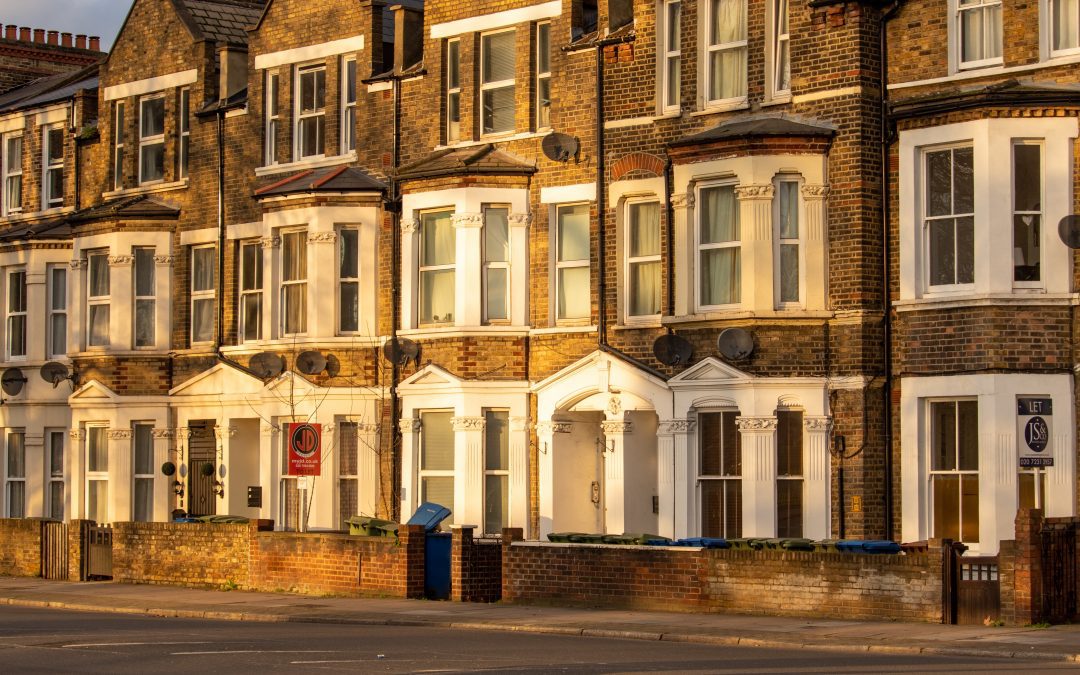
Help to Buy: The importance of a RICS valuation
The Help to Buy scheme could help you get a foot on the property ladder if you’re a first-time buyer. And, unlike a homebuyer survey, a RICS valuation will establish a property’s market value when it’s time to sell up. Discover why a RICS valuation is so important to the Help to Buy scheme and how you can find a building surveyor in Altrincham to complete the process.
What is Help to Buy?
Help to Buy is a government-backed loan scheme launched in England and Wales in April 2013. Initially targeted at first-time buyers, it also offers help to existing homeowners. The loan covers the purchase of new build properties only.
As a buyer, you must have a minimum 5% deposit and be eligible for the scheme. The government or housing association will loan you the rest of the money you need. It’s important to note that Help to Buy is a shared ownership scheme and that purchase prices are capped regionally.
Help to Buy is not a mortgage. Instead, your loan will only cover a portion of the property’s value. So if you decide to sell, the amount you repay will depend on whether your property is worth more or less than when you bought it.
Who is eligible for Help to Buy?
To be eligible for a Help to Buy loan, you need to meet the following criteria:
- Be a first-time homebuyer aged 18+ who has never previously owned land or property.
- Buy a new-build property as your principal residence.
- Live in the property and not rent it out.
You must also buy a property from a builder registered with the scheme.
What is a RICS Help to Buy valuation?
Unlike a homebuyer survey, you need a RICS Help to Buy valuation when you decide to sell, repay your loan, or part pay to increase your share in the property.
A RICS Help to Buy valuation establishes the actual market value of your property. This valuation is then used to establish how much you’ll need to repay. A Help to Buy valuation is valid for three months to reflect the housing market.
When do I need a RICS Help to Buy valuation?
There are two scenarios in which you might need a RICS Help to Buy valuation:
Selling your property
If you decide to sell your property, you’ll need to repay your Help to Buy loan in full. Your loan repayment will depend on the RICS valuation or the purchase price, whichever is higher.
Staircasing
You can also choose to part-pay your loan to increase your share in the property. This process is known as staircasing and allows you to remain in your home. Again, knowing the market value with a RICS Help to Buy valuation could help you make repayments at the best time.
An accurate RICS valuation ensures that you’re not financially benefiting from the Help to Buy scheme and the government is getting a return on its investment.
What do I need for a Target Help to Buy valuation?
All Help to Buy loans are managed for the government by Target, a private company. They will determine the repayment figure for your loan based on market value.
Your RICS Help to Buy valuation must be completed to meet Target’s Help to Buy criteria, including:
- Valuation by a RICS-certified Help to Buy surveyor with knowledge of the local area and expertise in Help to Buy valuations.
- Completed by an independent surveyor not connected to the estate agent or yourself.
- A dated report carried out per the Red Book RICS Valuation standards.
A copy of the report with its inspection date must be submitted to Target as part of any Help to Buy redemption.
What does a RICS Help to Buy valuation include?
Your RICS Help to Buy valuation must be carried out by a certified surveyor and will include the following:
- An assessment of the property’s interior and exterior, considering age and condition.
- Overview of the presence and absence of desirable features, including off-road parking, gardens etc.
- Overview of location, construction methods and property size.
- Details and sale price of three similar properties in the local area that have sold within the last year.
- An accurate market valuation of your property.
How do I find a RICS surveyor?
Whether you need a homebuyer survey or RICS Help to Buy valuation, you need a surveyor who’s accredited by the Royal Institute of Chartered Surveyors (RICS). Your home is the single most significant investment you make, so using an accredited surveyor will give you peace of mind.
When choosing your RICS Help to Buy valuation surveyor, make sure their work is Target-compliant:
- Check they have in-depth knowledge of the local area and expertise in Help to Buy valuations.
- Ensure they’re independent of anyone involved in the buying and selling process.
- Check their reputation through website testimonials and by asking family and friends.
- Finally, ensure they have experience valuing new build properties.
Torus Chartered Surveyors for Help to Buy valuations
At Torus Chartered Surveyors, we can deliver a Help to Buy valuation that helps you sell or staircase your property. So if you’re looking for a valuation or homebuyer survey, contact us to find a RICS-certified building surveyor in Altrincham today.





